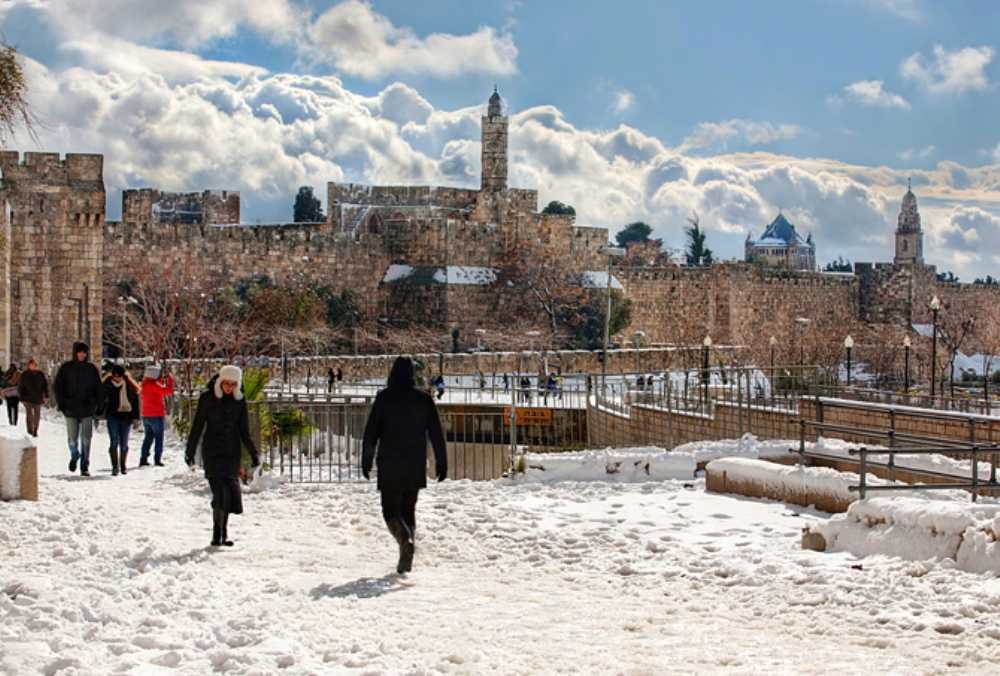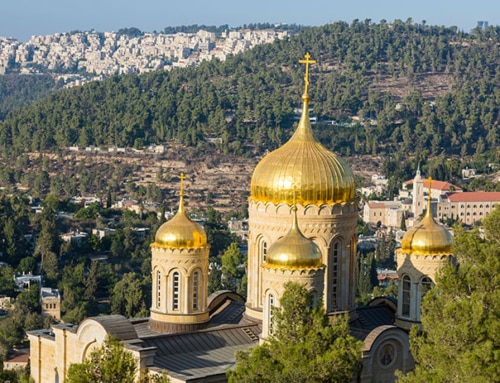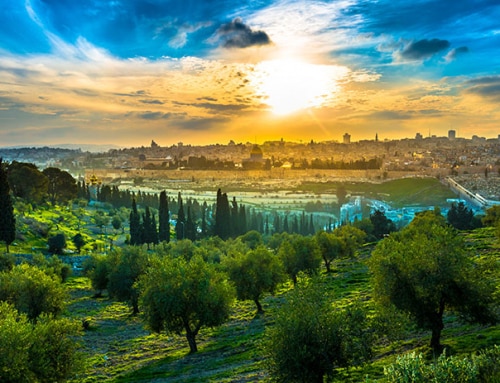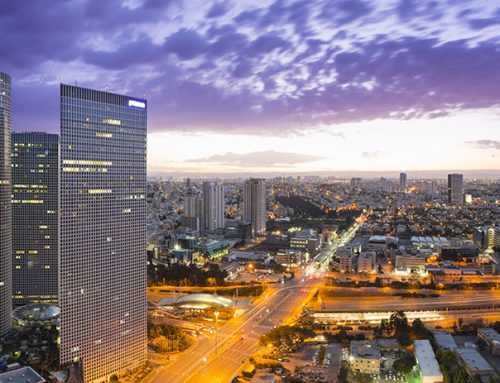During the day, at night, in the winter or summer – Whenever you visit Jerusalem, it has its magic. Here are some tips for your next visit
.
The weather in Jerusalem – a city located in the center of Israel – tends to be quite predictable. There are two distinct seasons, winter and summer – with a few weeks of spring, perhaps the best time of all in Jerusalem. This clear division reflects the seasonal weather in Jerusalem, which makes planning a trip relatively easy.

During the summer months in Jerusalem, it’s virtually guaranteed that you won’t need an umbrella, since it doesn’t rain at all. This can be very helpful to know in advance, since if you don’t mind the heat, you can be assured that every day will be good for sightseeing. The average temperature in Jerusalem in August is 19 to 29 degrees Celsius (66 to 84 degrees Fahrenheit). Unlike in Tel Aviv, the weather doesn’t tend to get extremely humid, making it more bearable, while daytime heat is usually followed by balmy evenings, perfect for sitting al fresco.

You may experience a few dust storms or extremely hot ‘hamsins’ during your stay in Jerusalem, but these are rare and don’t tend to last long. If you’re traveling in the summer, always bring good sun protection and cool clothing. Good walking shoes and a water bottle are other essentials so you don’t get dehydrated.
Winter in Jerusalem
The winter weather in Jerusalem can be a bit more changeable, with the wet season commencing around November and finishing in April. Every so often there is even a little light snow, but in the main, temperatures don’t drop low enough for this. Average temperature in Jerusalem during January is 6 to 12 degrees Celsius (43 to 55 degrees Fahrenheit).

With the climate so dry during the rest of the year, rainfall in Jerusalem is welcome when it arrives, and unlike in many countries, you won’t find many people complaining about the weather! Even in winter, there are plenty of mild, sunny, rain-free days. Nonetheless, if you’re traveling to Jerusalem in the winter, bring a coat and warmer clothing. One upside of coming to Jerusalem in winter is the fact that there are fewer tourists and airfares tend to be lower. It’s also the time of year Israel’s famous citrus fruits are in season – so it’s a great time to visit Machane Yehuda, Jerusalem’s produce market.
Seasons of the Holy City: What to Expect from Jerusalem’s Weather Year-Round
Does it snow in Jerusalem?
Yes, it occasionally snows in Jerusalem, usually once or twice during the winter. Snowfall is not very common, but when it happens, it can be quite a special event for the city.
What is the hottest month in Jerusalem?
The hottest month in Jerusalem is typically August, with average high temperatures around 30°C (86°F).
What is the coldest month in Jerusalem?
The coldest month is usually January, with average low temperatures around 5°C (41°F), and sometimes even lower at night.
When is the best time to visit Jerusalem based on the weather?
The best time to visit Jerusalem, weather-wise, is during the spring (April to June) and autumn (September to November). During these months, the temperatures are mild and pleasant, and there’s less chance of rain or extreme heat.





